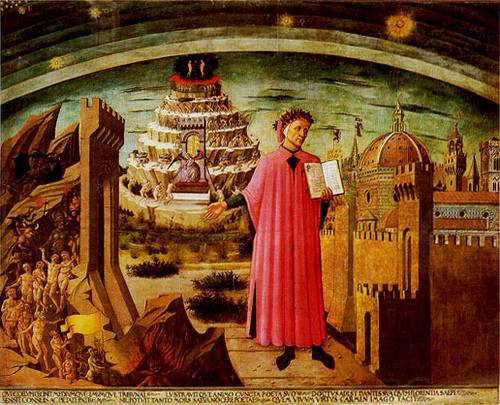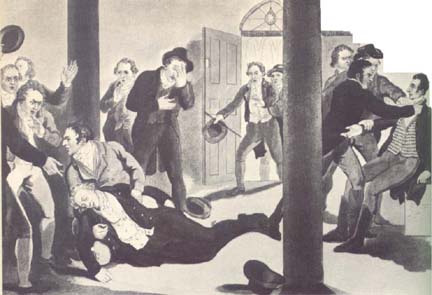If a train remains at the station from two to two to two-two (from 1:58 to 2:02), a passenger who misses it must wait from two-two to two to two.
Tom, while playing a game of Scrabble against Dick, who, while considering the last word that Harry (who had had HAD) had had had had, had had HAD, had had HAD. Had HAD had more letters, he would have played it.
Wouldn’t the sentence “I want to insert a hyphen between the words Fish and And and And and Chips in my Fish And Chips sign” have been clearer if quotation marks had been placed before Fish, and between Fish and and, and and and And, and And and and, and and and And, and And and and, and and and Chips — and after Chips?
Every spring, the town of March in Cambridgeshire holds a “long, flat, pointless walk” across the Fens to Cambridge. “It has no purpose other than to be called the March March march.” There is an associated song, which is sometimes called the “March March March March.”


